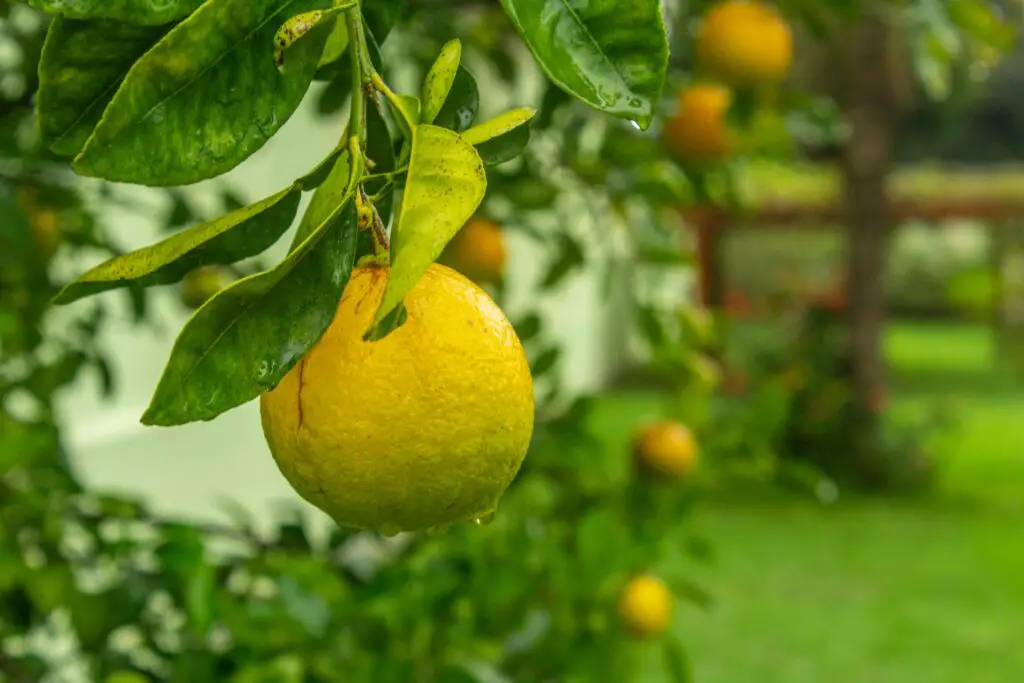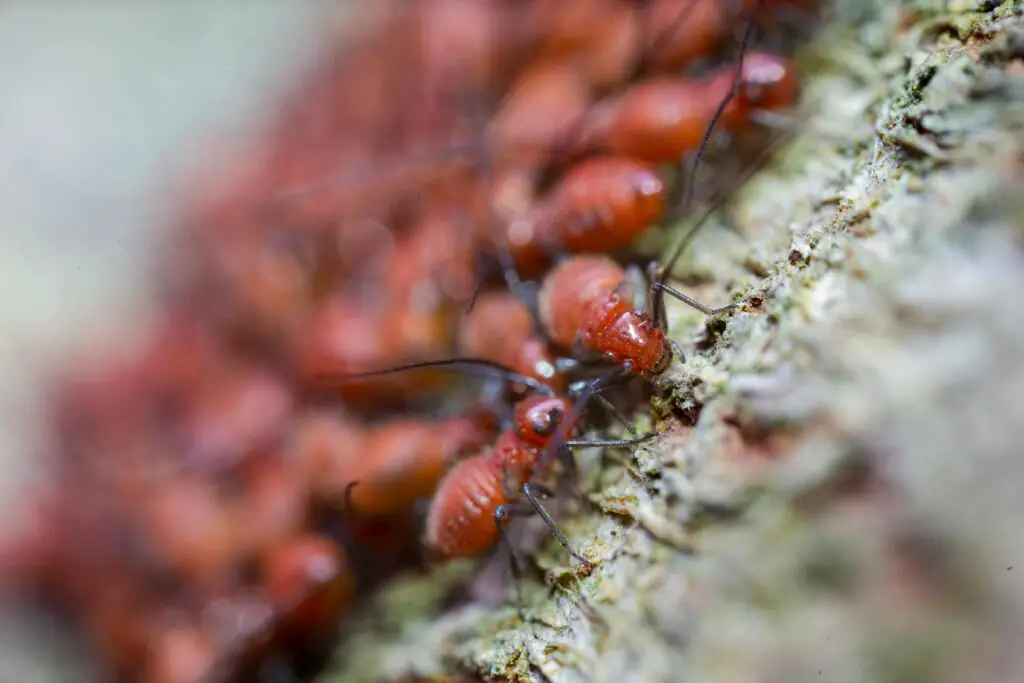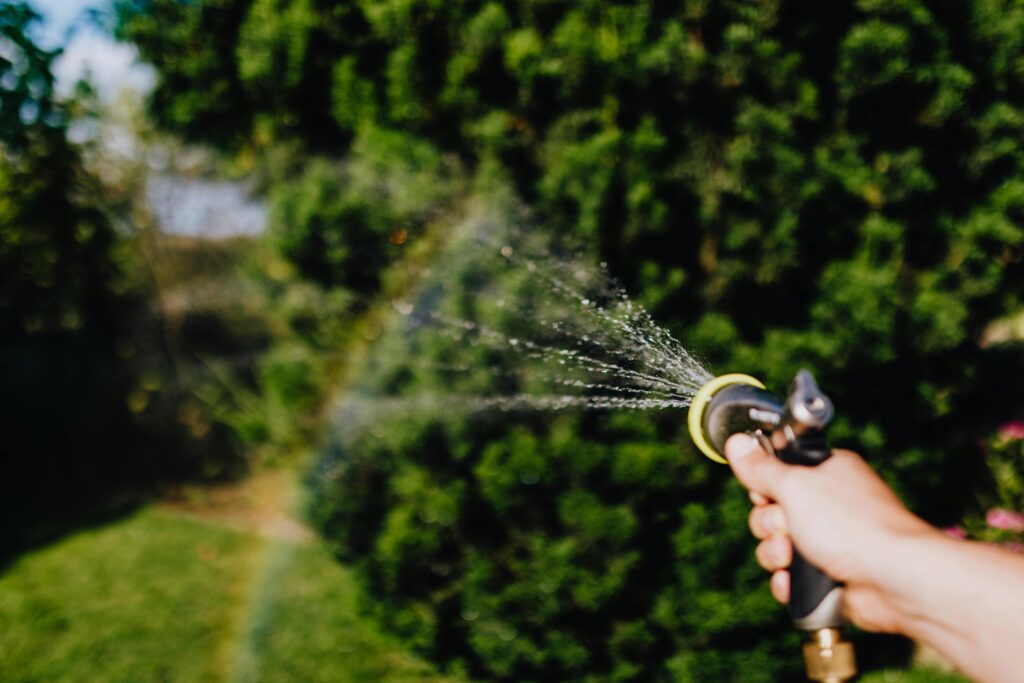1. Improper Sunlight Exposure

Lemon trees need at least 6–8 hours of direct sunlight daily, and failing to provide this can hinder fruit production. Placing them in partial shade or indoors without adequate light causes weak growth. If your tree isn’t thriving, consider moving it to a sunnier spot.
2. Overwatering Your Tree

One of the most common mistakes is overwatering, which can lead to root rot and stunt growth. Lemon trees prefer well-draining soil and do not thrive in soggy conditions. Check the soil before watering—if it’s still moist, hold off for a few more days.
3. Neglecting Proper Pruning

Failing to prune your lemon tree can lead to tangled branches and reduced airflow, making the tree susceptible to disease. Regular pruning encourages healthy growth and maximizes fruit yield. Remove dead, damaged, or crossing branches to maintain its structure and vitality.
4. Ignoring Pest Problems

Lemon trees are magnets for pests like aphids, spider mites, and scale insects, which can damage leaves and fruit. Waiting too long to address an infestation can cause serious harm. Inspect your tree regularly and use natural remedies or horticultural oils to keep pests at bay.
5. Using the Wrong Soil or Fertilizer

Lemon trees thrive in slightly acidic, well-draining soil, but many people make the mistake of planting them in heavy or alkaline soil. Using improper fertilizer can also deprive the tree of essential nutrients. Opt for a citrus-specific fertilizer to provide the right balance of nutrients for optimal growth.
6. Not Protecting It from Cold Weather

Lemon trees are sensitive to frost, and failing to shield them during cold snaps can cause irreversible damage. Leaving them exposed during freezing temperatures may result in leaf drop or even tree death. Use frost covers or move potted trees indoors when temperatures dip below 40°F.
1. Fix: Water Smarter

Only water your lemon tree when the top inch of soil feels dry to the touch. Ensure the pot or ground has good drainage to prevent waterlogging. Consistent but moderate watering keeps roots healthy and thriving.
2. Fix: Maximize Sunlight

Relocate your tree to the sunniest spot available, preferably facing south. If indoors, use grow lights to supplement natural sunlight during winter months. Adequate light is key to vigorous growth and fruiting.
3. Fix: Prune Strategically

Schedule pruning sessions once or twice a year, ideally after the main harvest. Focus on shaping the tree, removing dead branches, and thinning dense areas. This will improve airflow and boost the tree’s productivity.
4. Fix: Tackle Pests Early

Inspect your tree weekly for signs of pests, like curled leaves or sticky residue. Use natural deterrents like neem oil or introduce beneficial insects like ladybugs to combat infestations. Quick action prevents long-term damage.
5. Fix: Choose Better Soil and Fertilizer

Replant your tree in soil with good drainage and a pH level of 5.5–6.5. Use a balanced, slow-release fertilizer specifically designed for citrus trees. This ensures your tree receives all the essential nutrients it needs for growth and fruit production.
These tips can help transform your lemon tree into a thriving, productive plant. Avoiding these mistakes and applying the easy fixes ensures a bountiful harvest for years to come!
